Recently I received a pricelist for a puerh vendor’s new offerings. This is one of those higher end outfits that purport to sell gushu teas and which are priced anywhere from a few hundred RMB a cake to a few thousand, all for 2013 new teas. The owner, like many owners of such shops, was already a successful businessman in other ventures, but because of his love of tea (what else?) has gone into tea making and now presses his cakes every year for sale. You can probably find half a dozen such outfits in every major coastal city these days in China.
Also like many such shops, the offering is vast – in fact it’s so vast that it’s completely unbelievable. There are about twenty single origin offerings of various mountains, from Guafengzhai in the east, to Mangfei in the west, and everything in between. For some villages there are multiple offerings, while for others there is only one. This is not counting the dozen or so blends that they offer as well – blends of different mountains, some of which have single origin counterparts, and some don’t.
I say unbelievable, because for it to be top notch tea (and the prices definitely scream top notch) the person making it had to spend some time in each of these places to buy the maocha – maocha, at least of a certain quality anyway, don’t really come to you, especially if you’re not a particularly big outfit with enough muscle to do the buying. Conservatively, if we say the owner needs to spend at least 3-4 days per village to at least gather enough material for pressing the cakes, sort out the logistics, travel etc, that’s already over 70-80 days needed. If he started on one end in late March, by the time he gets to the other end it’s already June. The good tea is not going to wait three months – someone else would’ve bought it already.
It is also unbelievable, because unless you spend an inordinate amount of time in one of these places, being able to tell apart real versus fake (or at least, inferior quality) maocha from various village is difficult. Maocha smuggling – the practice of shipping cheap maocha from cheap production area to expensive villages to sell as the expensive place’s tea – is very common. It’s also not unheard of to pass plantation tea off as gushu, or to adulterate spring tea with fall tea, or other such practices. Just because you got to the village doesn’t at all mean you got the real thing, and even if you’ve gone a few years in a row doesn’t mean people stop trying to cheat you. I have talked to experienced vendors who have been going for a dozen years who still have people bring them inferior tea, hoping to pass muster. If you’re in a hurry and are not picky, you will get scammed, and the tuition gets passed on to the consumers.
Nor is the much vaunted “buy-out contract” model going to work, not well anyway. Over the years various brands and individuals have claimed to have signed contracts with local farmers of some village or another, buying up all their production for the year for a fixed price, limiting production to spring only, etc. In almost all of these cases, there are reports (and confirmed) that the farmers are still selling the tea on the side to others. The fact is, these contracts are basically impossible to enforce. How do you prove that a bag of maocha is indeed covered under the contract in question? In a court of law? How do you prove they harvested in the fall when they were not supposed to under the contract? You can’t, basically. It’s also hard to fault the farmers, who, until about 2006, have sold their teas for virtually nothing. Ten years ago a kilo of raw maocha from gushu material in a not-so-famous village might fetch you 10-20 RMB a kilo. That’s when 8 RMB equaled one USD. Many cut down their old trees to plant rubber instead, because rubber was more profitable. So, it’s hard to fault the farmers for wanting to cash in when the going is good.
It takes skill to press good cakes. It’s not a matter of just going to a village, meeting a few farmers, trying a few different bags of maocha, and buying the best of the bunch – that’s in fact almost a guaranteed recipe for getting scammed. The best cakes I’ve tried all tend to be from people who have had decades of experience drinking tea – all kinds of tea – and who also know the area of production intimately well. This means they spend weeks, if not months, there, often pressing only a few cakes a year or have a regional specialization – only Bulang, say, or only around Yiwu, because you need to control for quality and that takes time and local knowledge. For local producers who are, say, based in Kunming or further south, it is probably possible to have enough contacts and access to do more, but for these fly-in-fly-out type of cake pressers, claiming to be able to do a dozen, or in this case, two dozen different villages, and do them all justice, is pretty much impossible.
Going back to the teas of this outfit – I only tried one, the Wangong. Oddly, it tasted like some Bulang area tea and nothing like a tea from eastern Xishuangbanna, and compared with Zhou Yu’s Wangong, which I also had recently and also from 2013 – it’s not even close. Yet, the tea from this outfit costs almost double what Zhou Yu wanted for his tea. I don’t know who’s buying the story, but you certainly aren’t paying for the tea.
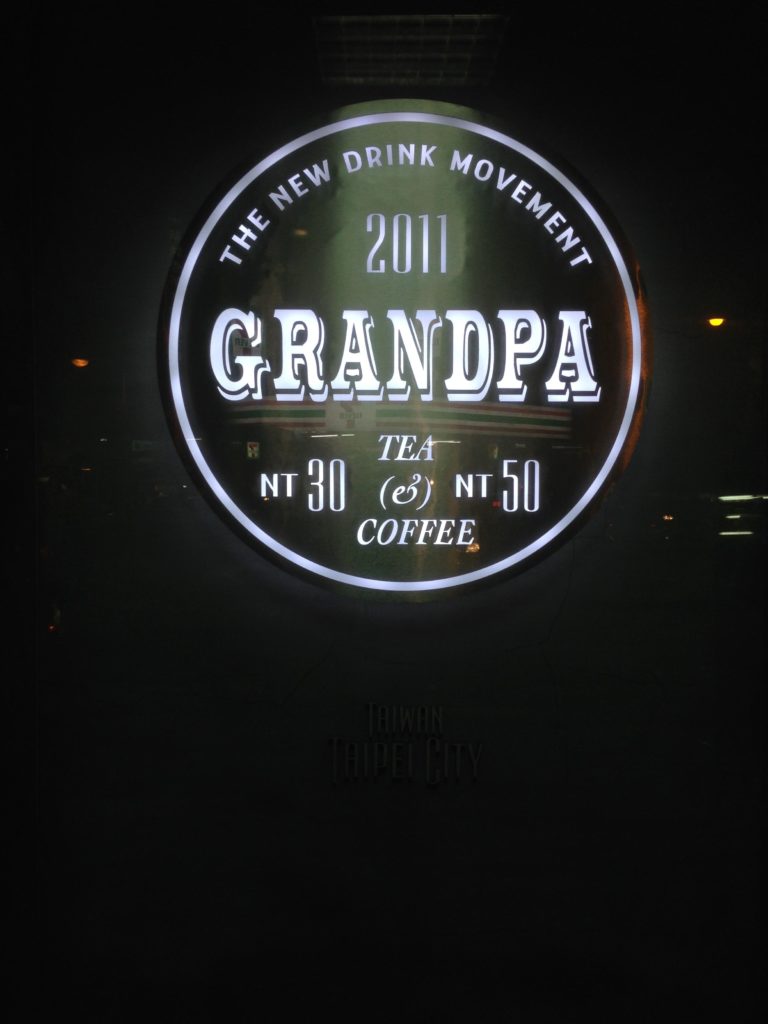 Did I mention this is all on the same street corner? And of course, within the same block and half radius, there’s at least two or three more shops that only sell tea.
Did I mention this is all on the same street corner? And of course, within the same block and half radius, there’s at least two or three more shops that only sell tea. As you can see, only 3 and half minutes remaining, so I didn’t catch the initial pitch. In any case, they were too excited about this amazing deal to actually tell me how much tea they were selling for the price they were quoting, and they had to keep reminding me how there’s only a few minutes left. From this chart, I figured the following:
As you can see, only 3 and half minutes remaining, so I didn’t catch the initial pitch. In any case, they were too excited about this amazing deal to actually tell me how much tea they were selling for the price they were quoting, and they had to keep reminding me how there’s only a few minutes left. From this chart, I figured the following: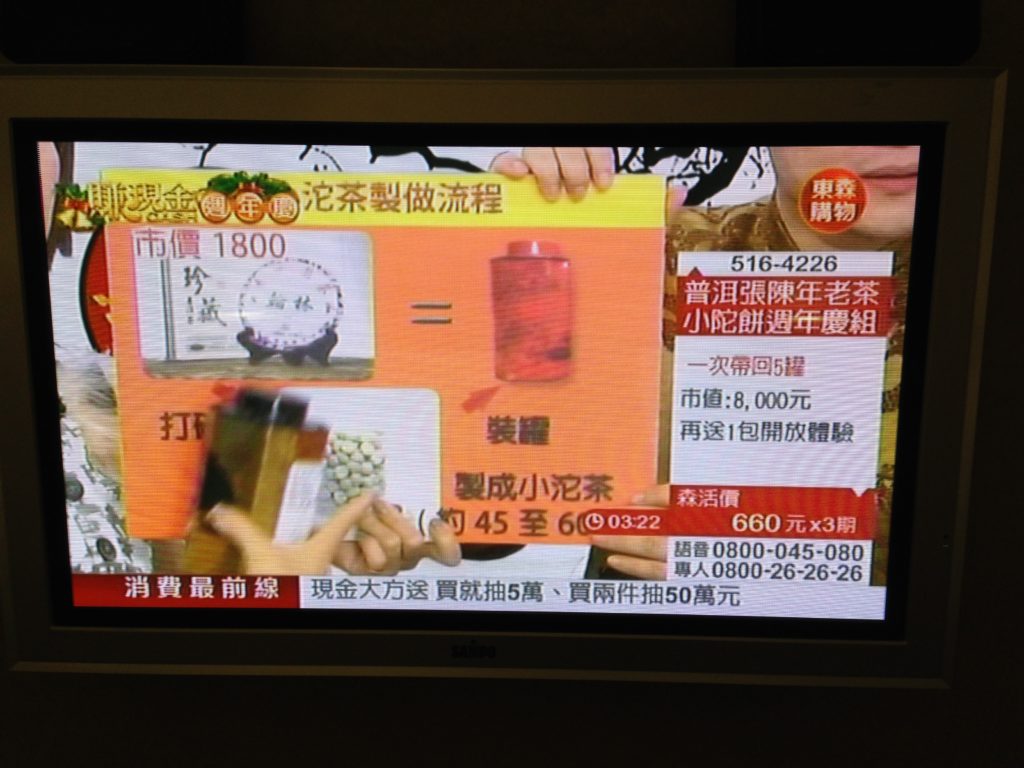 It seems like they were claiming that they had this great cake from year 2000, somehow broke it up and made them into mini-tuos – don’t ask me how, why, or whether that’s even possible. Anyway, that’s the claim, and for the low, low price of 1980 NT (about $60 USD) you can get a can of these minituos. If you buy five! You can even get a free ceramic cup! In case you want to see what cake it is:
It seems like they were claiming that they had this great cake from year 2000, somehow broke it up and made them into mini-tuos – don’t ask me how, why, or whether that’s even possible. Anyway, that’s the claim, and for the low, low price of 1980 NT (about $60 USD) you can get a can of these minituos. If you buy five! You can even get a free ceramic cup! In case you want to see what cake it is: As the last line said, the preciousness of this tea does not need to be said.
As the last line said, the preciousness of this tea does not need to be said.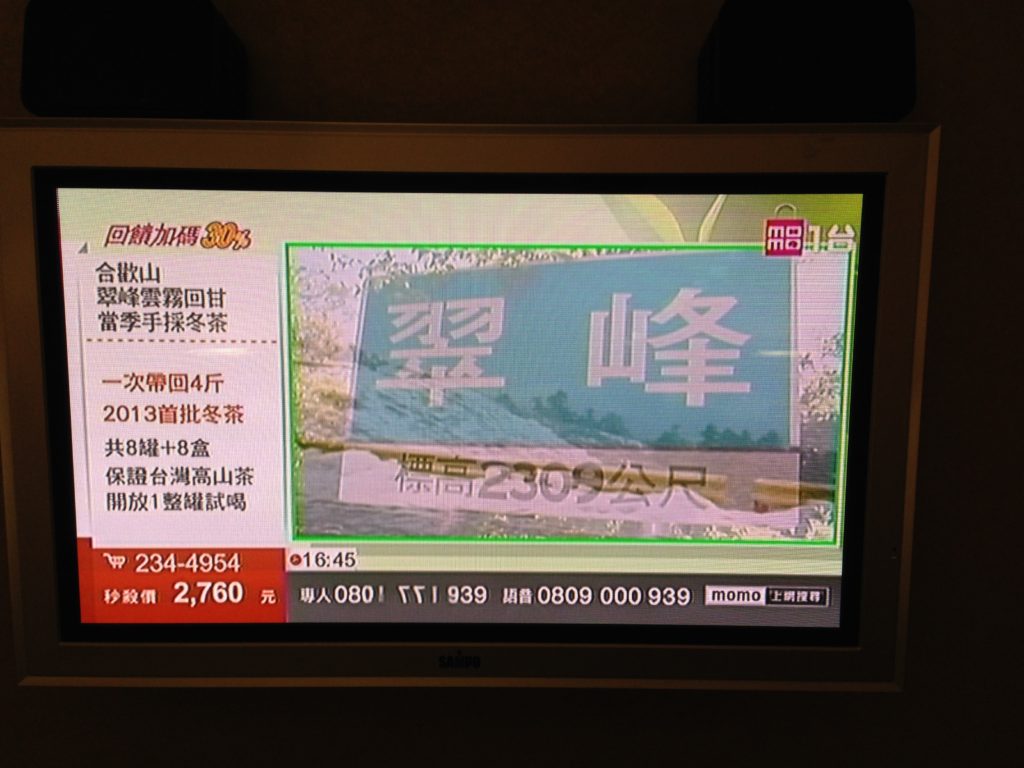 Yes, Cuifeng, in Hehuan Mountain, winter harvest. What sounds like half a jin (300g) for 2760 NT, about 90 USD, which is really not very cheap at all. To prove that it’s really high, they of course had to bring out the maps
Yes, Cuifeng, in Hehuan Mountain, winter harvest. What sounds like half a jin (300g) for 2760 NT, about 90 USD, which is really not very cheap at all. To prove that it’s really high, they of course had to bring out the maps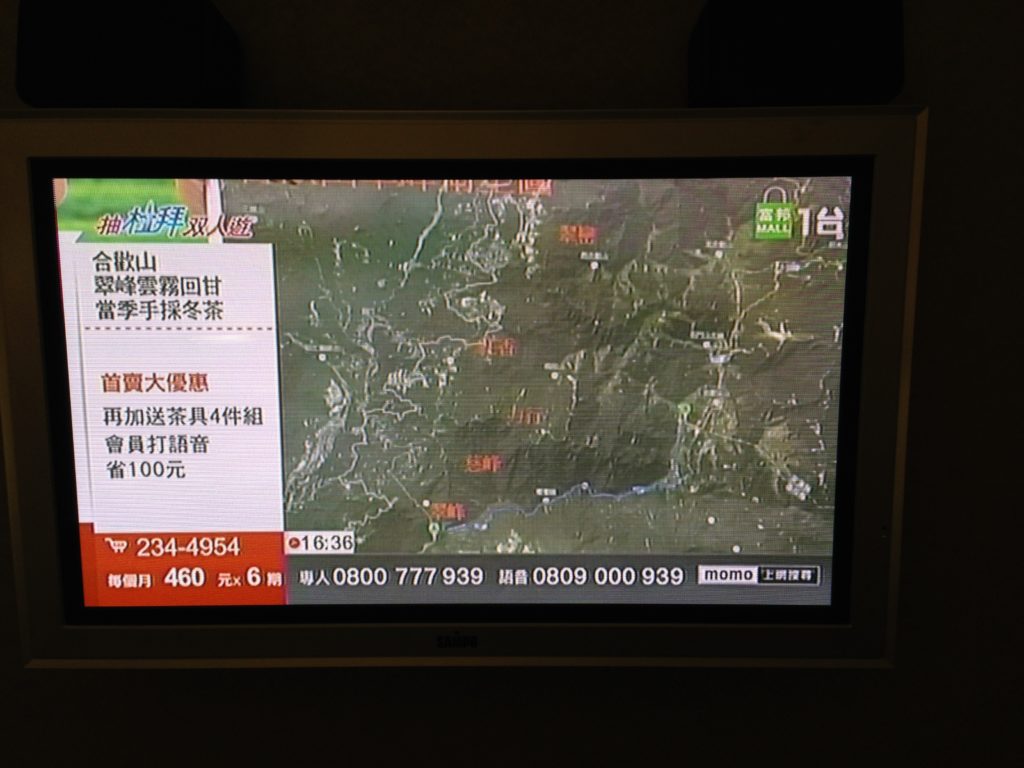 Oh, and if you buy 4 jins total, they’d give you a free 4oz sampler of the same tea!
Oh, and if you buy 4 jins total, they’d give you a free 4oz sampler of the same tea!
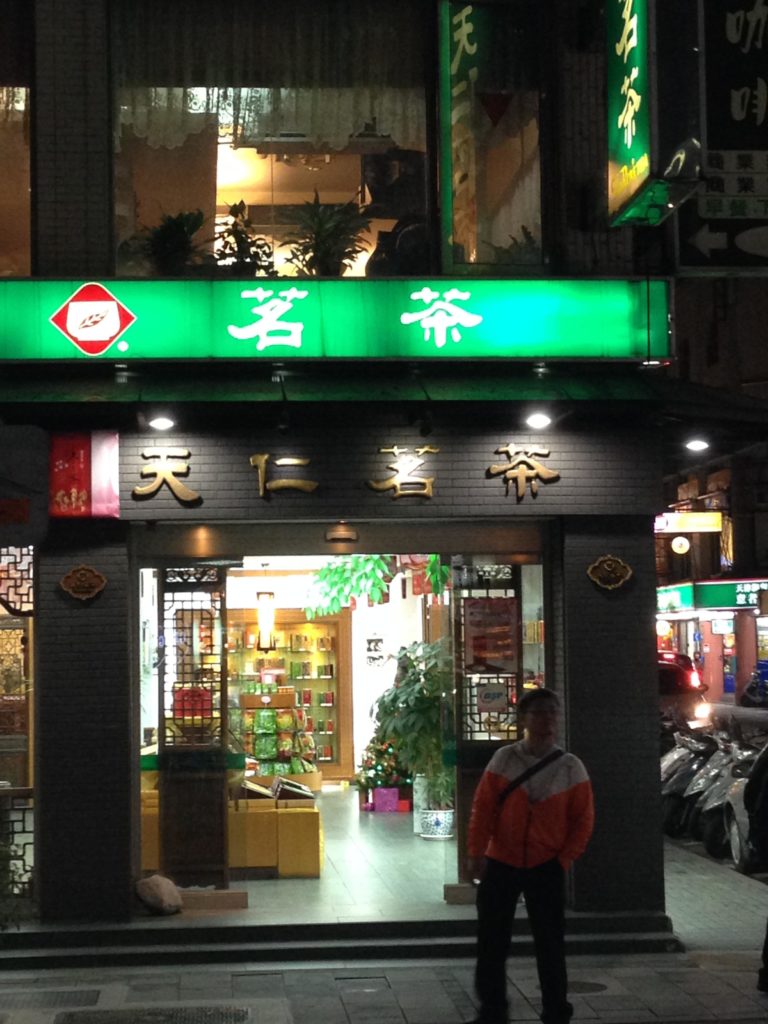



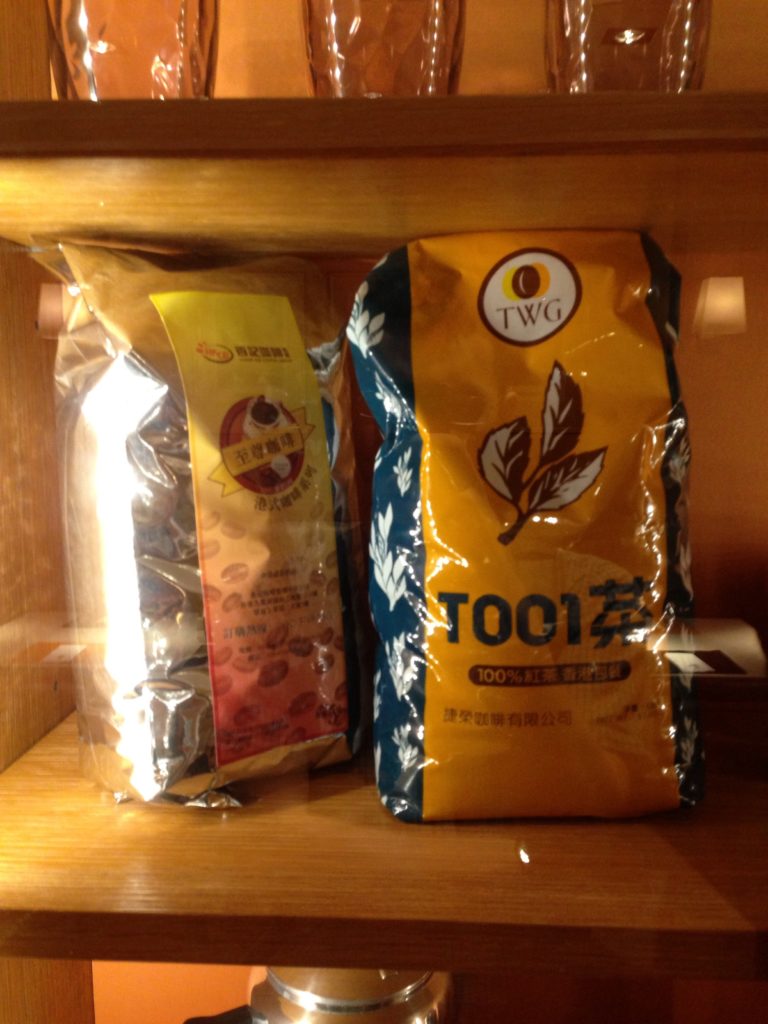






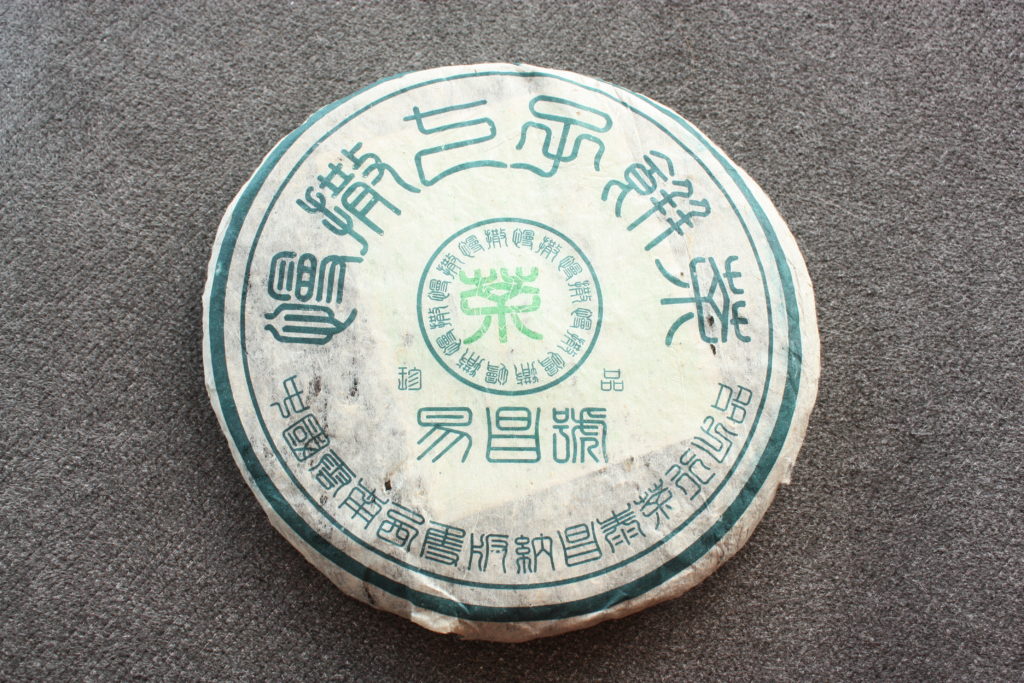


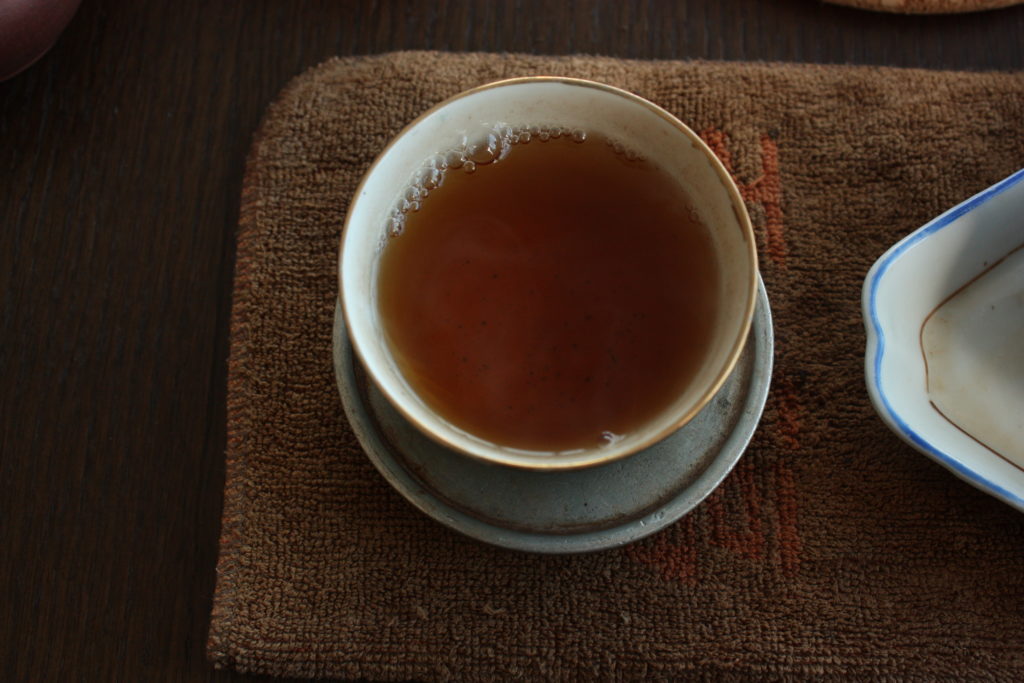

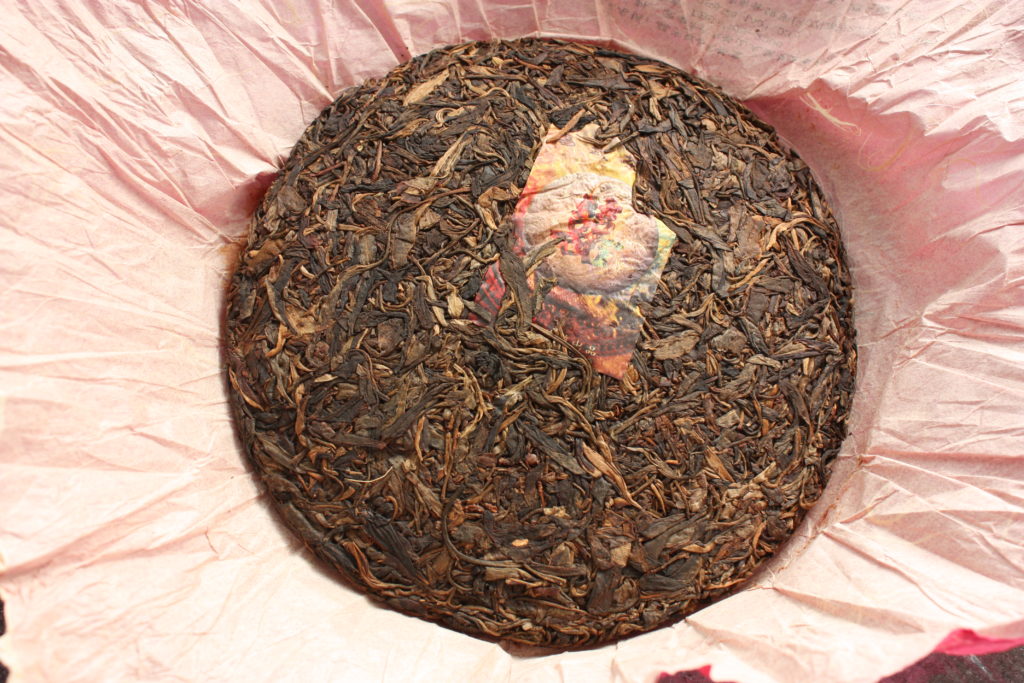
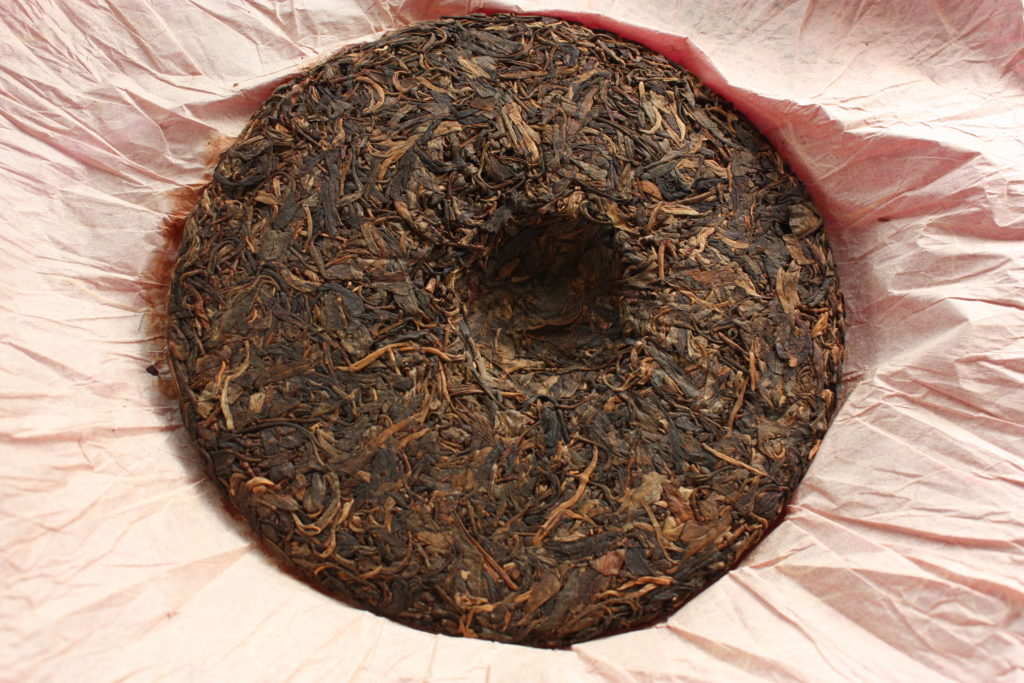

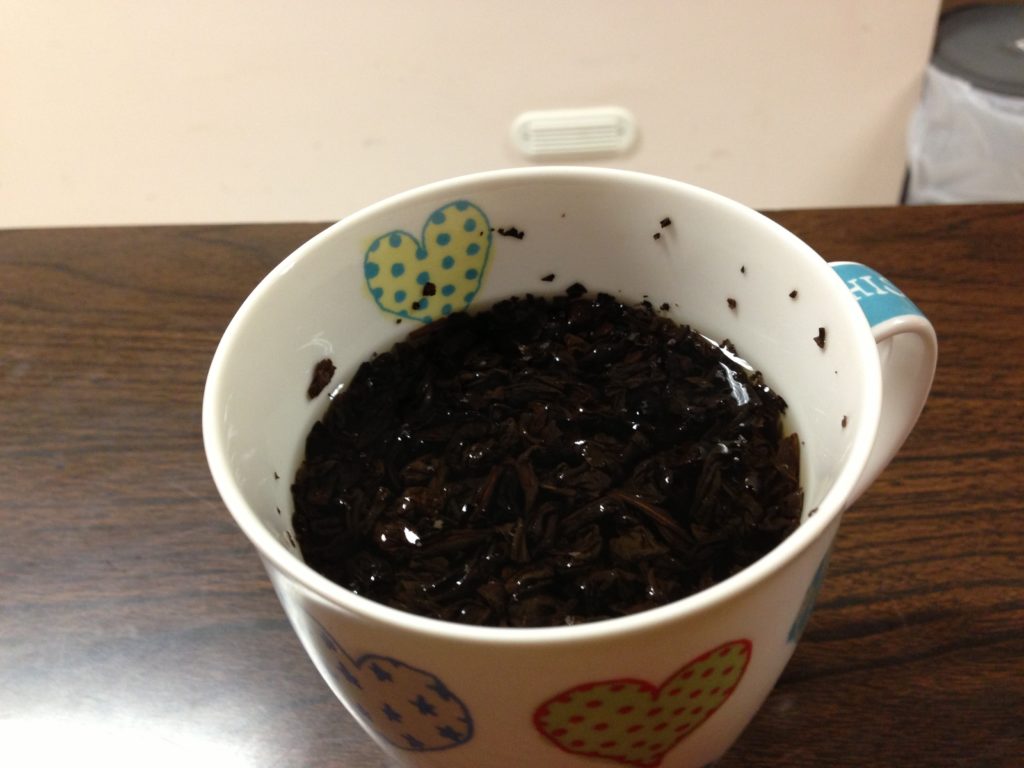
 RSS - Posts
RSS - Posts
Interesting.... would 250C in my oven work?